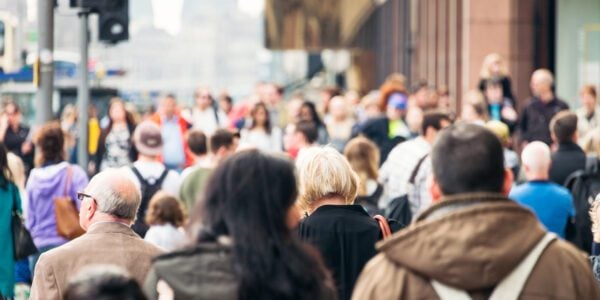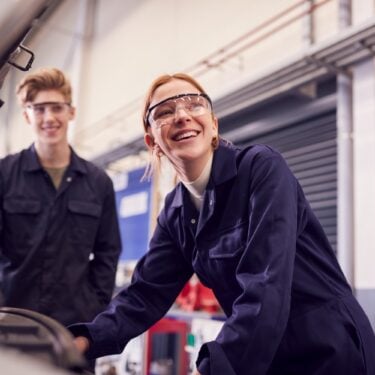Efforts to help refugees who have settled in the UK to integrate into British society have been constrained by the lack of information on the short- and long-term outcomes of refugees, a new report reveals today.
The report, by the Centre on Migration, Policy and Society (COMPAS) at the University of Oxford, and funded by the Nuffield Foundation, identifies information on jobs and the labour market as particular gaps.
The report, launched today, Refugees and the UK Labour Market investigates how those who migrated to the UK for asylum reasons fare in the British labour market and identifies a number of barriers members of this group face in seeking work. This is despite facilitating the integration of refugees being an important objective of civil society organisations and government departments at the local and national level.
The report focuses on ‘asylum migrants’. Asylum migrants include all those who reported moving to the UK for asylum reasons, though for most their continued residence in the UK is not now dependent on refugee status. Most asylum migrants have spent many years in the UK and are now British nationals. This group should not be confused with ‘asylum seekers’, who are individuals waiting for a decision on their asylum application and are not the focus of the report.
The report compares the economic outcomes of asylum migrants with those of UK-born individuals and with those of other migrants who moved to the UK for employment, family, and study reasons.
The data in the report comes from the UK Labour Force Survey, the largest household survey in the UK, which provides the official measures of employment and unemployment covering the period from 2010 to 2017.
Key findings of the report include:
- Asylum migrants are less likely to be in employment than individuals born in the UK and other migrant groups. The employment rate among asylum migrants is 51%, compared with 73% for the UK-born. The gap narrows over time but remains present even after more than 25 years of residence in the country.
- Asylum migrants who are employees earn less and work fewer hours than UK-born and other migrant workforces. Asylum migrants earn an average of £9 per hour and £284 per week – 55% less per week than the UK-born and 38% less per hour.
- Asylum migrants are more likely to be in self-employment than the UK-born and other migrants. In total, 21% of asylum migrants in employment are self-employed compared to 14% among UK-born workers. Self-employed asylum migrants are more likely to have employees than self-employed UK born.
- Unemployed asylum migrants are more likely to rely on public agencies (e.g. job centres) to look for jobs. In total, 37% of unemployed asylum migrants used public agencies as their main job search method. This is about twice the rate of UK-born unemployed job-seekers.
- Asylum migrants are more likely to report a long-term health condition that affects their labour market performance. Close to 37% of asylum migrants report a health condition lasting longer than 12 months. The likelihood of reporting this type of condition is 4 percentage points greater among asylum migrants than the UK-born.
Dr Carlos Vargas-Silva, COMPAS Research Director and Principal Investigator of the project said:
“Naturally, we found that asylum migrants – who have often fled conflict and other trauma – are more likely to suffer long-lasting health problems that affect their ability to work than people born in the UK and other migrants. So an important recommendation is that when allocating funding geared towards the economic integration of asylum migrants, governments should first address health issues that impede work performance, including mental health. This could lead to better labour market outcomes for this group in the future.
“One encouraging finding is that those individuals who came to the UK for asylum reasons are more likely than the UK born or other migrants to be in self-employment and to employ other people – though their businesses are often small. Policy interventions directed at boosting entrepreneurial potential among refugees and post-asylum settled migrants should consider the factors that limit the growth of these businesses – such as limited access to finance”.
The report also suggests that unemployed asylum migrants rely heavily on public agencies – notably job centres – for their job searches, but that this is not particularly effective. Future analysis should investigate how agencies could serve asylum migrants more effectively, for example, through employment advisers providing specialist support and careers guidance.
The research also identified that lengthy legal restrictions to access the labour market while asylum claims are being evaluated can have adverse long-term consequences for mental health. Support from voluntary agencies could identify training and support programmes to help address these issues.





















































